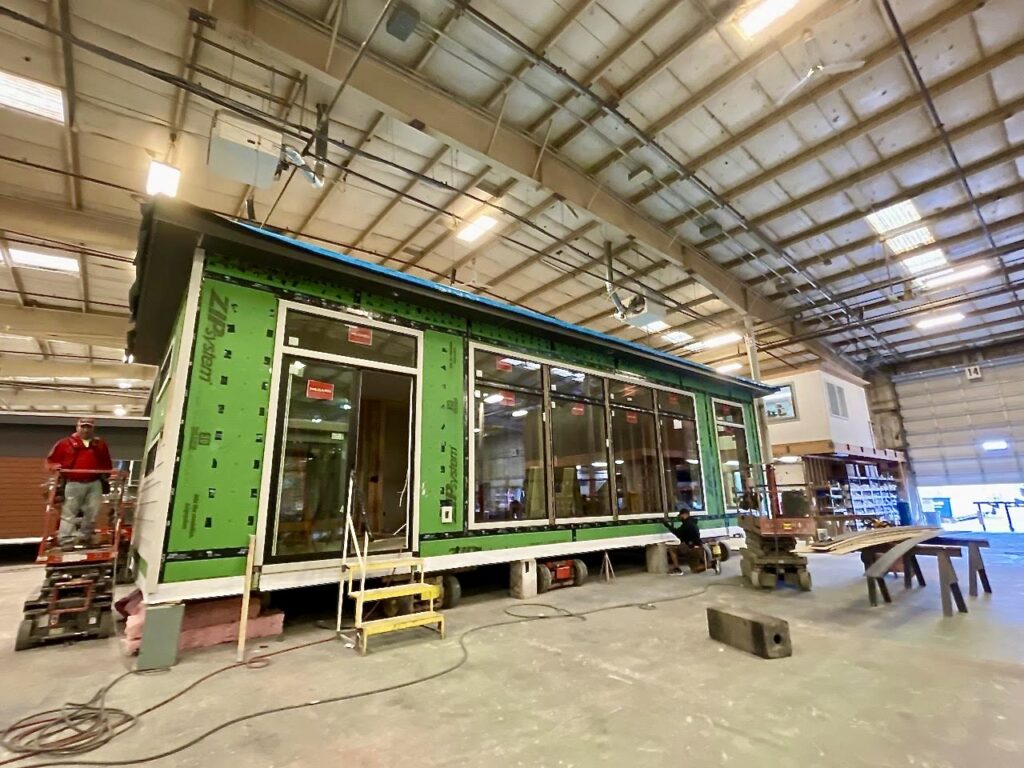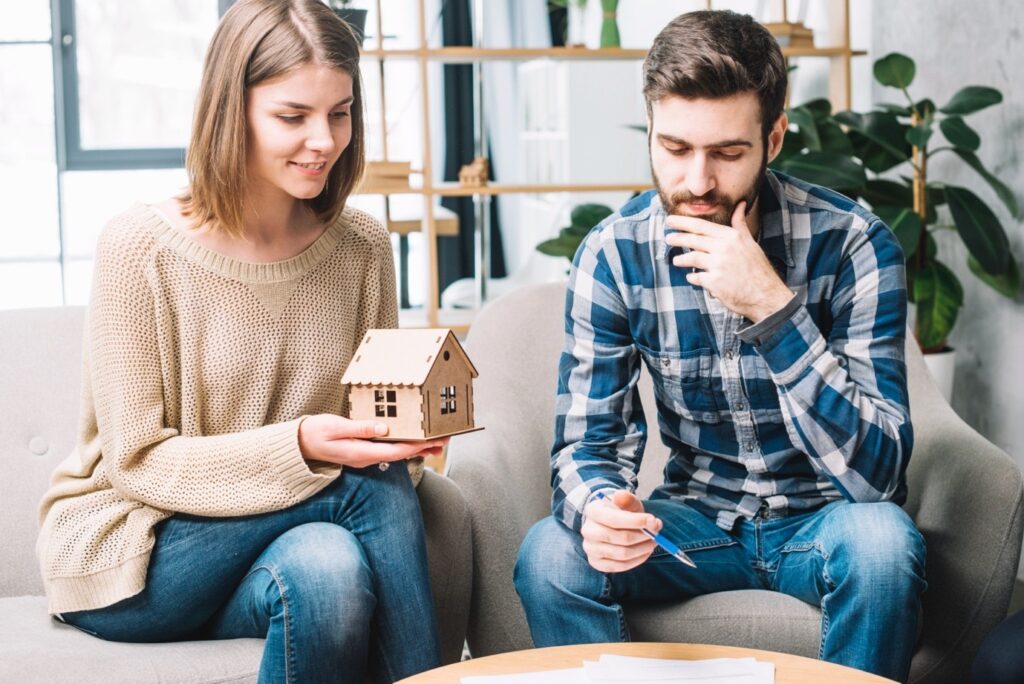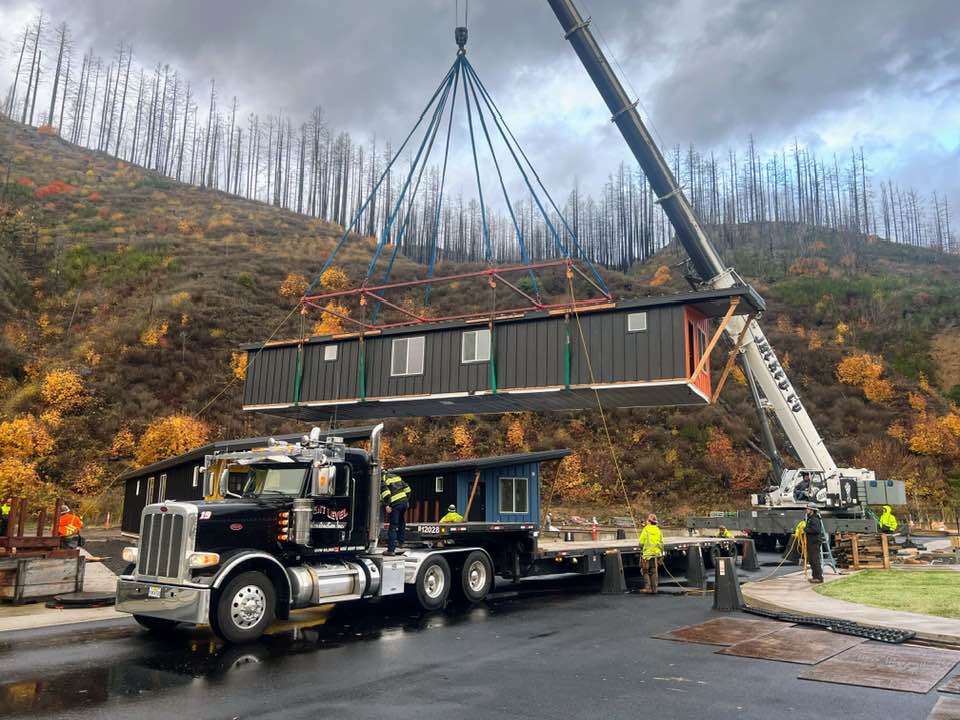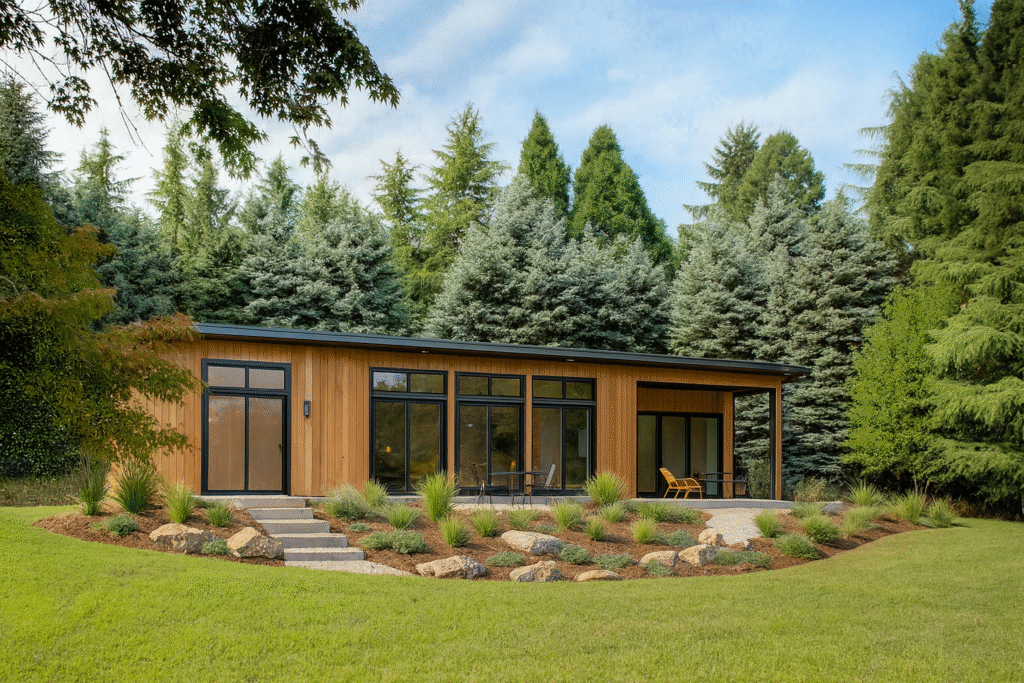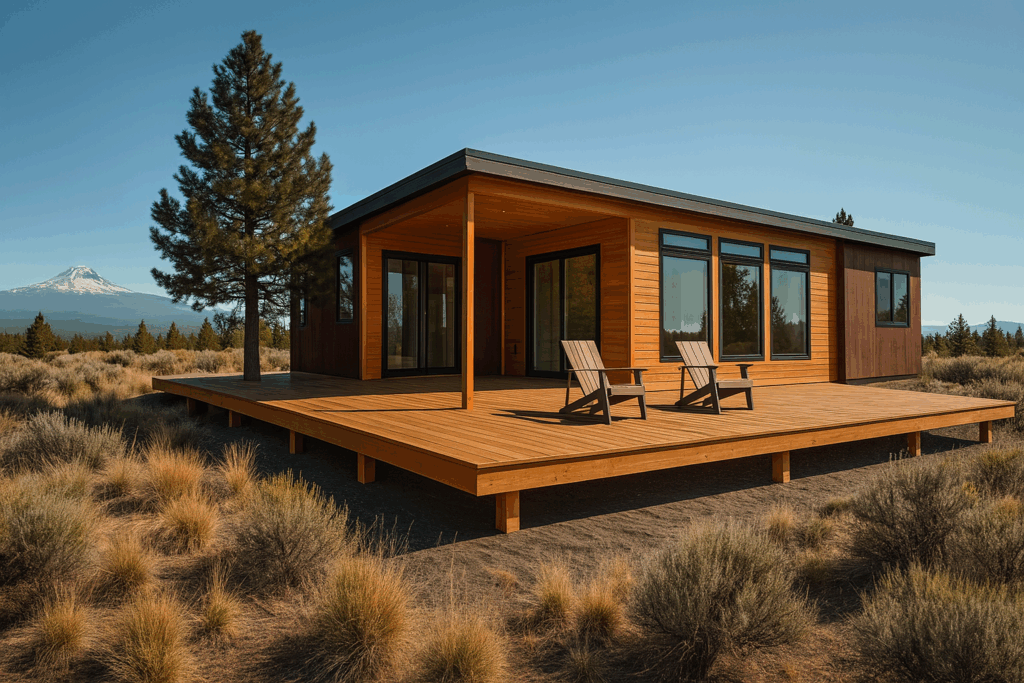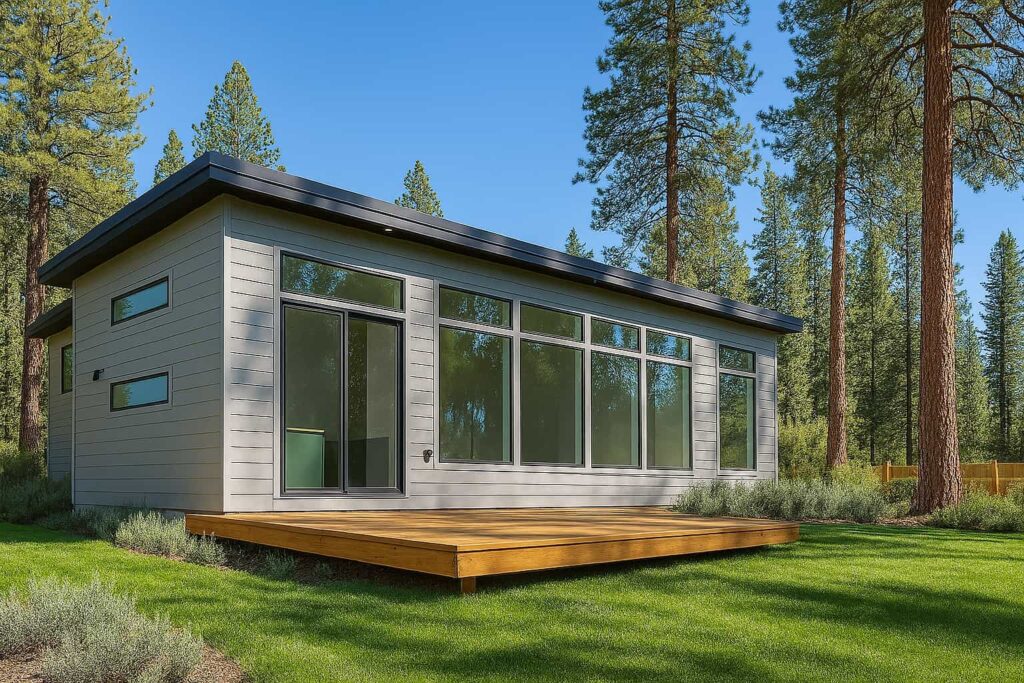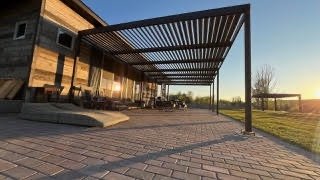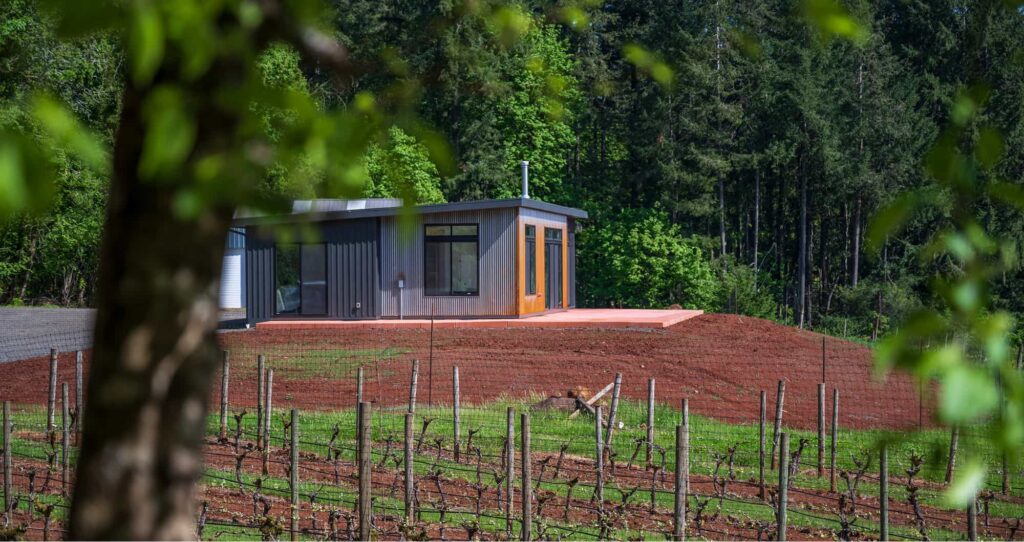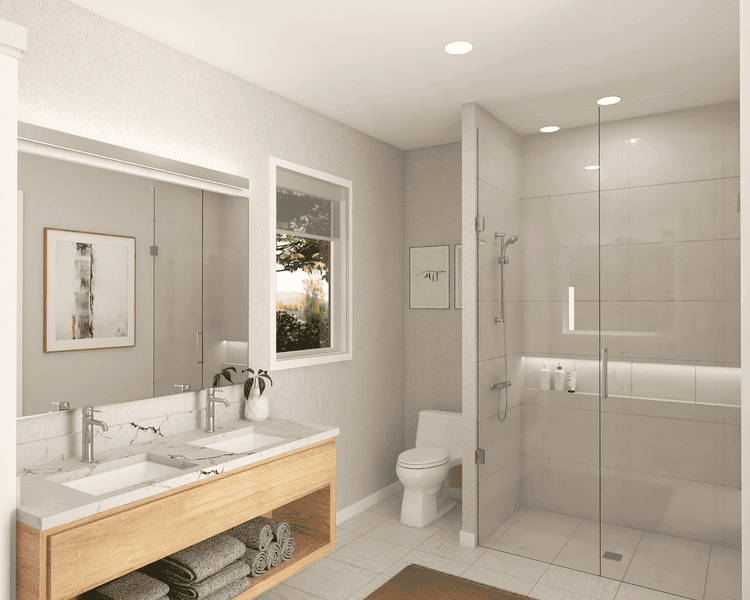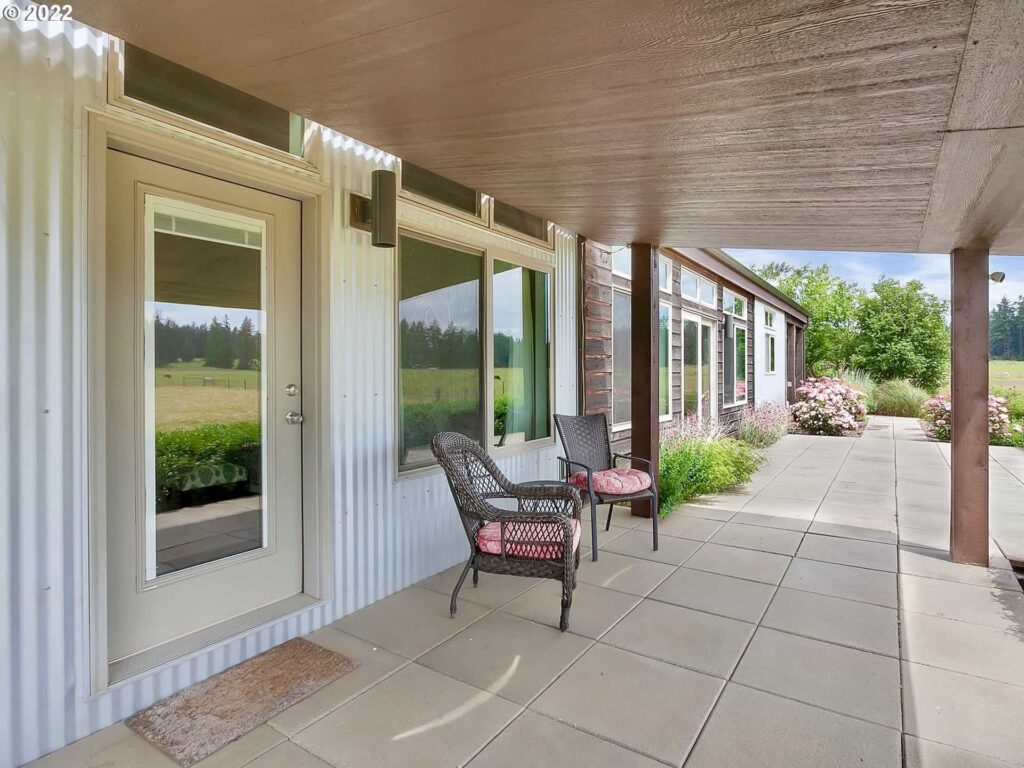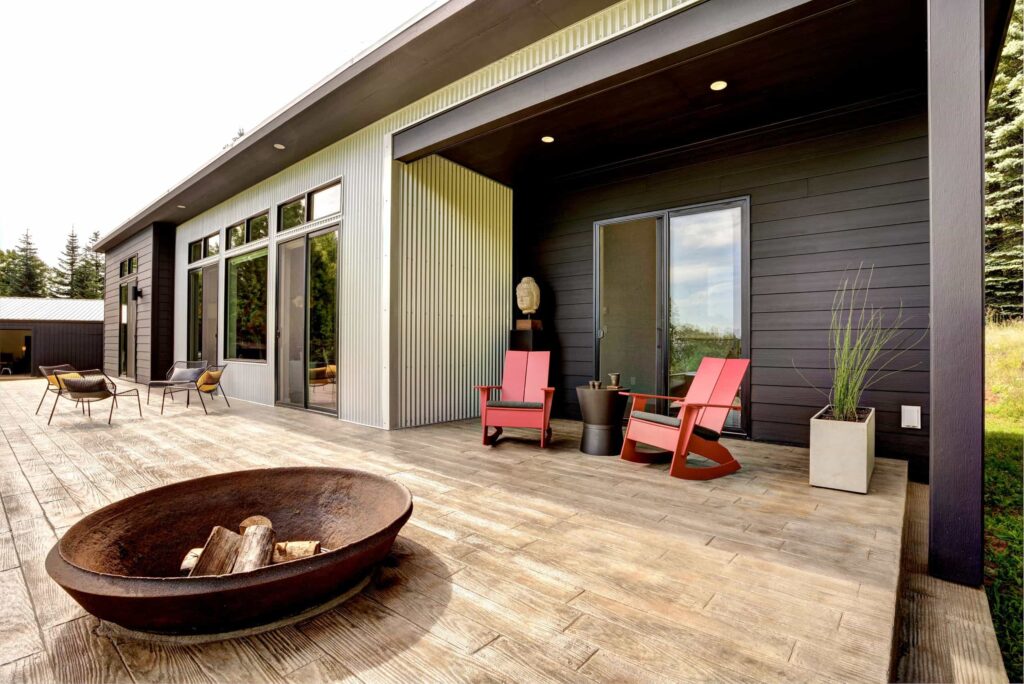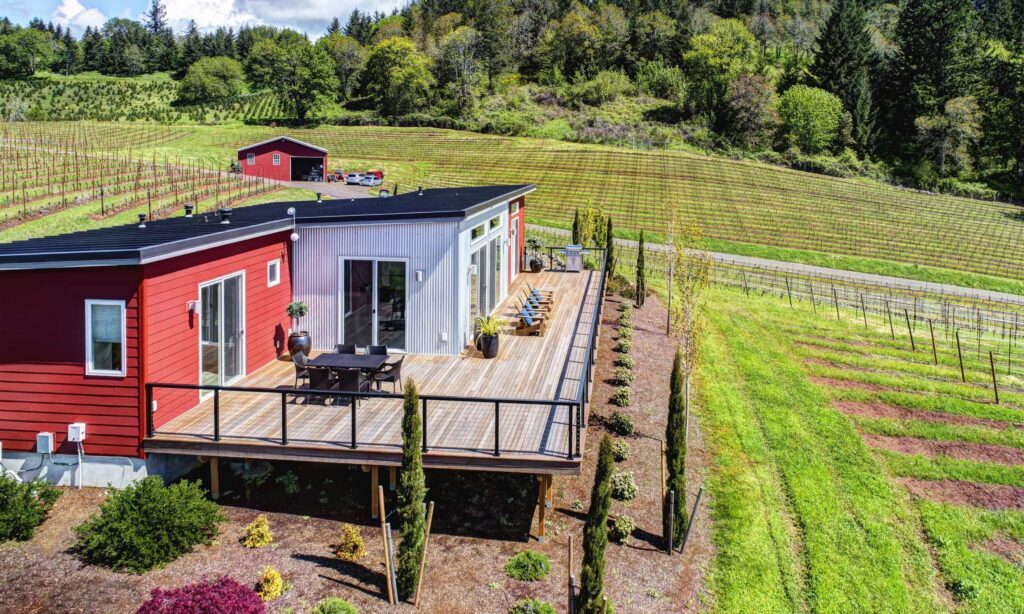Sustainable Living In Your ideabox Prefab Home: Tips to Reduce Your Carbon Footprint
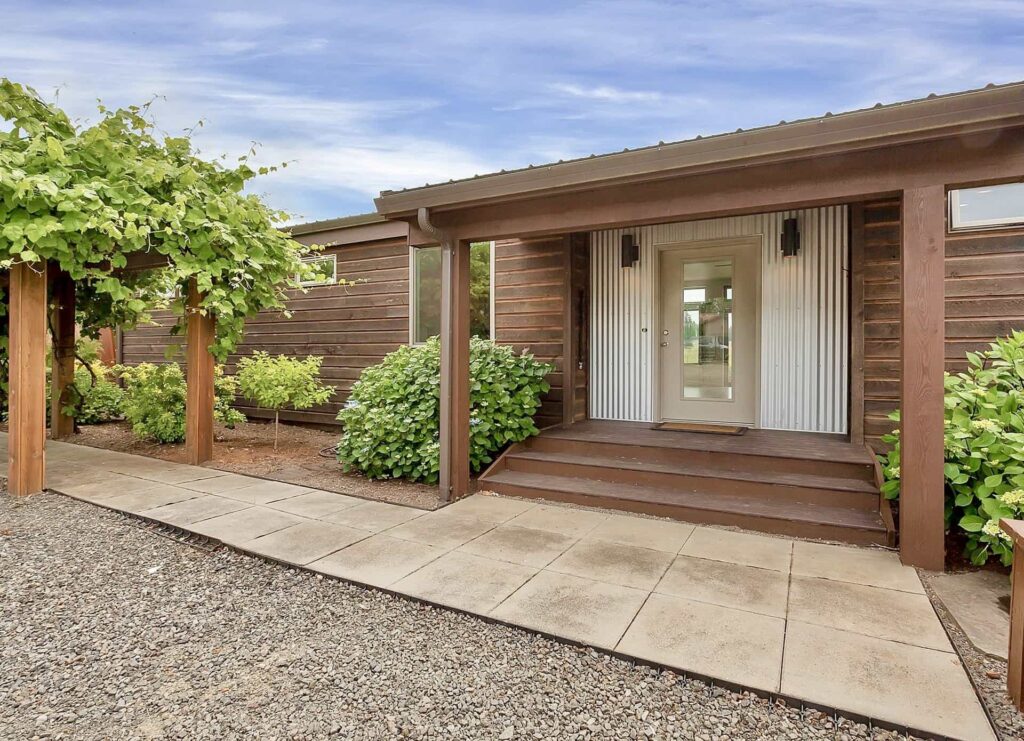
This article outlines practical strategies for embracing sustainable living in an ideabox prefab home, focusing on energy efficiency, waste reduction, renewable energy, and eco-friendly landscaping. By integrating these practices, you can reduce your carbon footprint while enjoying a healthier, more cost-effective, and environmentally conscious lifestyle.
What you’ll learn:
- How to lower energy consumption with smart thermostats, LED lighting, and efficient appliances
- Practical ways to cut household waste through reuse, recycling, and composting
- The role of solar panels and solar water heating in reducing reliance on fossil fuels
- Eco-friendly landscaping techniques that save water and support local ecosystems
- Long-term benefits of adopting green habits for both your home and the planet
In today’s era of burgeoning environmental consciousness, sustainable living has evolved from a mere trend to an essential lifestyle for many environmentally-conscious individuals. With an increasing focus on reducing our carbon footprints and minimizing our impact on the environment, green living practices are becoming an integral part of our daily lives. Owning an ideabox prefab home provides an excellent foundation for adopting a sustainable lifestyle, thanks to their modern, energy-efficient design and environmentally-friendly building materials. However, there’s always more you can do to embrace a greener, more sustainable way of living.
In this comprehensive guide, we will explore various tips and strategies that can help you reduce your carbon footprint and lead a more eco-friendly lifestyle within the comfort of your ideabox prefab home. From energy conservation and waste reduction to adopting renewable energy solutions and eco-friendly landscaping, we’ll provide you with practical advice and inspiration to nourish your commitment to sustainable living.
By implementing these green practices, you’ll not only reduce your impact on the environment but also enjoy the benefits of lower energy costs, healthier indoor air quality, and a heightened sense of environmental awareness and appreciation.
Energy Conservation: Adopt Smart Habits and Maximize Efficiency
Reducing your energy consumption is a crucial aspect of sustainable living. Here are some tips to help you optimize energy usage in your ideabox prefab home:
- Smart Thermostats: Installing a smart thermostat can significantly reduce your energy consumption by automating temperature adjustments, learning your schedule, and allowing you to control your home’s temperature remotely.
- LED Lighting: Replace traditional incandescent light bulbs with energy-efficient LED bulbs, which not only consume less energy but also have a longer lifespan.
- Energy-Efficient Appliances: Opt for Energy Star-certified appliances when upgrading or replacing your household items. These appliances are designed to consume less energy without sacrificing performance.
- Mindful Habits: Adopt simple habits like turning off lights when leaving a room, unplugging chargers and electronics when not in use, and air-drying your clothes instead of relying on a dryer.
Waste Reduction: Move toward a Zero-Waste Lifestyle
Minimizing waste production is another essential component of sustainable living. Incorporate the principles of “reduce, reuse, and recycle” into your daily life:
- Reduce: Make conscious choices about the products you purchase, opting for products with minimal packaging, avoiding single-use plastics, and shopping with reusable bags and containers.
- Reuse: Find creative ways to repurpose household items, such as converting empty jars into storage containers or transforming old clothing into cleaning rags.
- Recycle: Properly sort and dispose of recyclable materials to ensure they are processed and repurposed effectively.
- Composting: Create a composting system for your food scraps and yard waste, producing nutrient-rich soil for your garden while reducing your household waste.
Renewable Energy Solutions: Harness the Power of the Sun
Embrace the potential of renewable energy sources to decrease your dependence on fossil fuels and lower your carbon footprint:
- Solar Panels: Install solar panels on the roof of your ideabox prefab home to generate clean, renewable energy and potentially reduce your electricity bill.
- Solar Water Heater: Consider investing in a solar water heater to cut down on your home’s reliance on traditional water heating methods, thereby reducing your energy consumption and lowering your environmental impact.
- Energy Co-operatives: Inquire about community-based energy initiatives, such as solar cooperatives or green energy plans offered by local utilities, which can allow you to support renewable energy projects in your area.
Eco-Friendly Landscaping: Cultivate a Sustainable Outdoor Space
Create a lush, earth-friendly landscape around your ideabox prefab home to enhance your connection with nature and support local ecosystems:
- Native Plant Species: Invest in native plants and trees that have adapted to local weather conditions and require minimal supplementary water or maintenance.
- Water Conservation: Incorporate drought-tolerant plants and xeriscaping principles to reduce water usage in your garden, while also utilizing rainwater harvesting systems to collect and reuse rainwater for irrigation purposes.
- Pollinator Gardens: Design a pollinator-friendly garden by planting an assortment of flowering plants that provide food and shelter for bees, butterflies, and other beneficial insects.
- Organic Gardening: Eschew harmful chemical fertilizers and pesticides in favor of organic gardening practices that promote soil health and protect the environment.
Conclusion
Embracing sustainable living in your ideabox prefab home is a gratifying and meaningful journey with long-lasting benefits for both you and the environment. By implementing energy conservation strategies, reducing waste, adopting renewable energy solutions, and cultivating an eco-friendly landscape, you can minimize your carbon footprint and contribute to the preservation of our planet’s invaluable resources.
As you progress on your path toward sustainable living, remember that it’s a continuous learning process, and every small step you take can make a substantial impact. It’s essential to remain patient, committed, and open to adapting your lifestyle as new information and innovations continue to emerge.
With determination and enthusiasm, you can successfully transform your ideabox prefab home into a shining example of eco-friendly living, inspiring others to follow suit and fostering a brighter, greener future for all.
Frequently Asked Questions About Sustainable Living In Your ideabox Prefab Home
Start with smart, simple habits: use a smart thermostat, switch to LED lighting, and choose Energy Star–certified appliances. Add mindful routines—turn lights off when you leave a room, unplug idle chargers and electronics, and air-dry clothes when possible. These small shifts stack up to lower energy use and monthly bills.
The article highlights sustainable, low-impact choices and a prefab process that cuts waste and pollution compared to traditional on-site builds. ideabox uses recyclable, environmentally considerate materials and selects components that support durability and better indoor air quality.
You can harness the sun in a few ways: rooftop solar panels to generate clean electricity and a solar water heater to reduce conventional water-heating demand. You can also look into community options like solar cooperatives or green energy plans from local utilities to support renewable projects.
Indoors, water-saving fixtures and appliances help reduce overall consumption. Outdoors, pair drought-tolerant plants with xeriscaping and consider rainwater harvesting for irrigation; native species and pollinator-friendly gardens further support local ecosystems with minimal extra watering.
Yes. You can choose from diverse floor plans, finishes, fixtures, and appliances—and even expand or reduce living spaces as needs change. This flexibility lets you align layout and features with your aesthetic and eco-goals, creating a home that’s both personal and efficient.
They can. Faster factory construction helps shorten overall build time, which may reduce construction-loan interest. Once you move in, energy-efficient features (insulation, rated appliances, LED lighting, and smart controls) work together to curb ongoing utility costs—supporting a sustainable lifestyle that’s practical day to day.
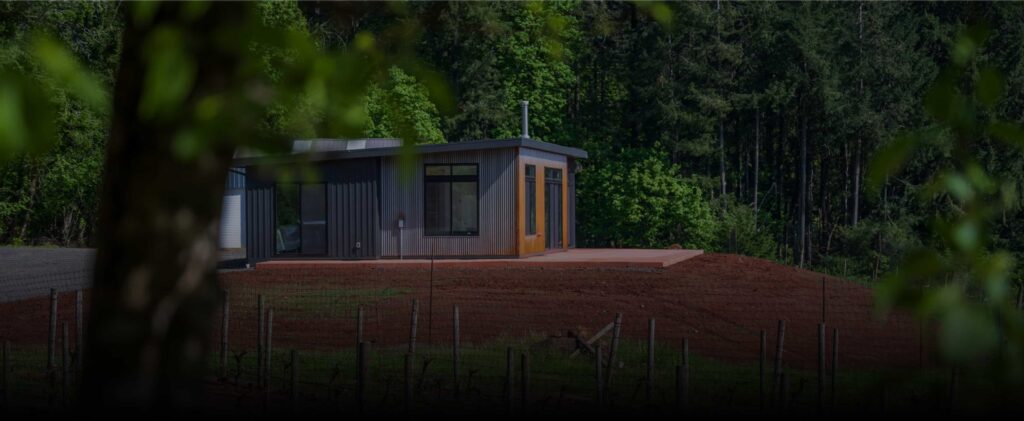
Let’s Build Something Great Together
Whether you’re ready to start planning or just want to explore options, we’re here to help. Let’s talk about your future home today.
